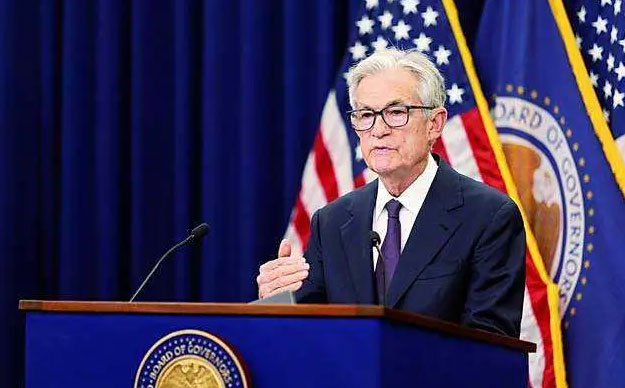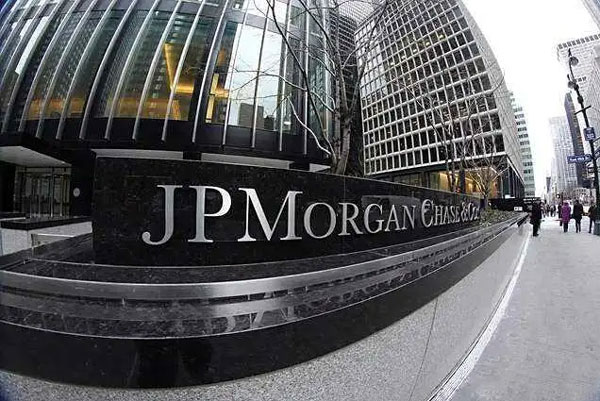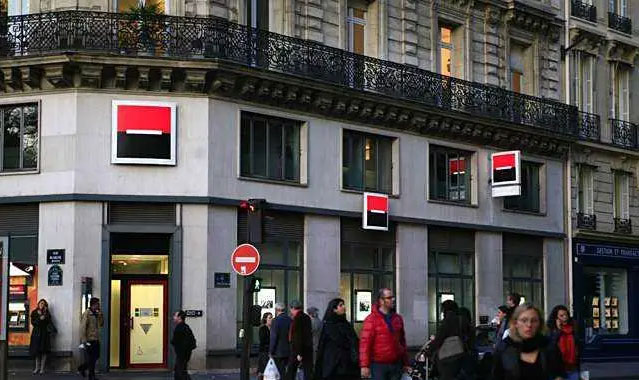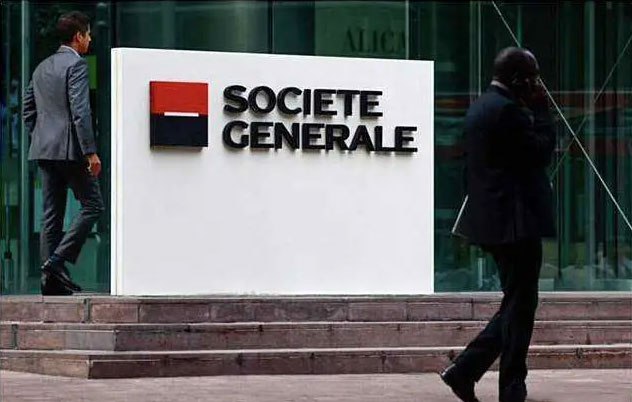Ghosts of History: Fed rate cuts and the looming stock market bubble

The market frenzy is underway. CME FedWatch shows the probability of a September rate cut has soared to 94.4%, following a major revision to US non-farm payroll data, with an 88% correction, meaning the true employment figures have been obscured since May. The S&P 500 has broken through 6,300 points. Amidst the clamor of positive news, Société Générale SA has poured cold water on the possibility, pointing directly to a potential market bubble.

Swiss Pictet Asset Management has also issued a warning, stating that the US stock market faces a bubble risk, not limited to the tech giants, but also extending to stocks further down the S&P 500 index. Data shows that the forward price-to-earnings ratios of the 20 stocks after the "Big Seven" have reached a ten-year high. This overheated market sentiment bears striking resemblance to the "Nifty Fifty" bubble of the 1960s—a group of perceived "high-quality" stocks was driven to sky-high prices, only to end in disarray.
Societe Generale strategists point out that gradual interest rate cuts may amplify the positive impact of cyclical data, but a large-scale rate cut could trigger a market valuation bubble. They believe that if the S&P 500 index rises to 7,500 points, it would constitute a clear sign of a bubble, implying at least 18% more room for growth. This is not alarmist; the painful lessons of the 2000 dot-com bubble, which wiped out countless investors, remain fresh. San Francisco Fed President Mary Daly's recent statement regarding the impending time for a rate cut failed to mention any potential risks, a dismissive tone that is even more worrying.

Pictet Asset Management's analysis is more direct: "If the stock market's rise is driven by price-to-earnings ratio expansion rather than earnings growth, this could be a sign of overheated investor sentiment." The current US stock market rally isn't driven by corporate earnings growth, but rather by rampant speculation, with investors blindly chasing gains and ignoring risks. This bears a striking resemblance to the dot-com bubble!
Societe Generale predicts the S&P 500 could reach 6,900 next year, but also warns it could reach 7,500, creating a bubble. This forecast range is as high as 600 points, highlighting the potential for significant market volatility.
Currently, the market is permeated with blind optimism about interest rate cuts. Everyone is sharing the good news, but few are paying attention to risks, and even fewer are focusing on valuations. However, the truth is: while interest rate cuts may boost the stock market, they are likely to fuel a bubble, not sustainable growth. When everyone is celebrating, the risk of a bubble bursting is already lurking.

We must acknowledge the lessons of history: the 2000 dot-com bubble and the 2008 subprime mortgage crisis both collapsed at the height of market frenzy. Now that Societe Generale and Pictet Asset Management have issued warnings, can investors learn from these lessons and prudently manage market risks?
Interest rate cuts are not a cure, but rather poison; US stocks are not a safe haven, but a volcanic crater that could erupt at any moment. While everyone is reveling, perhaps the wisest have already begun to quietly retreat.




